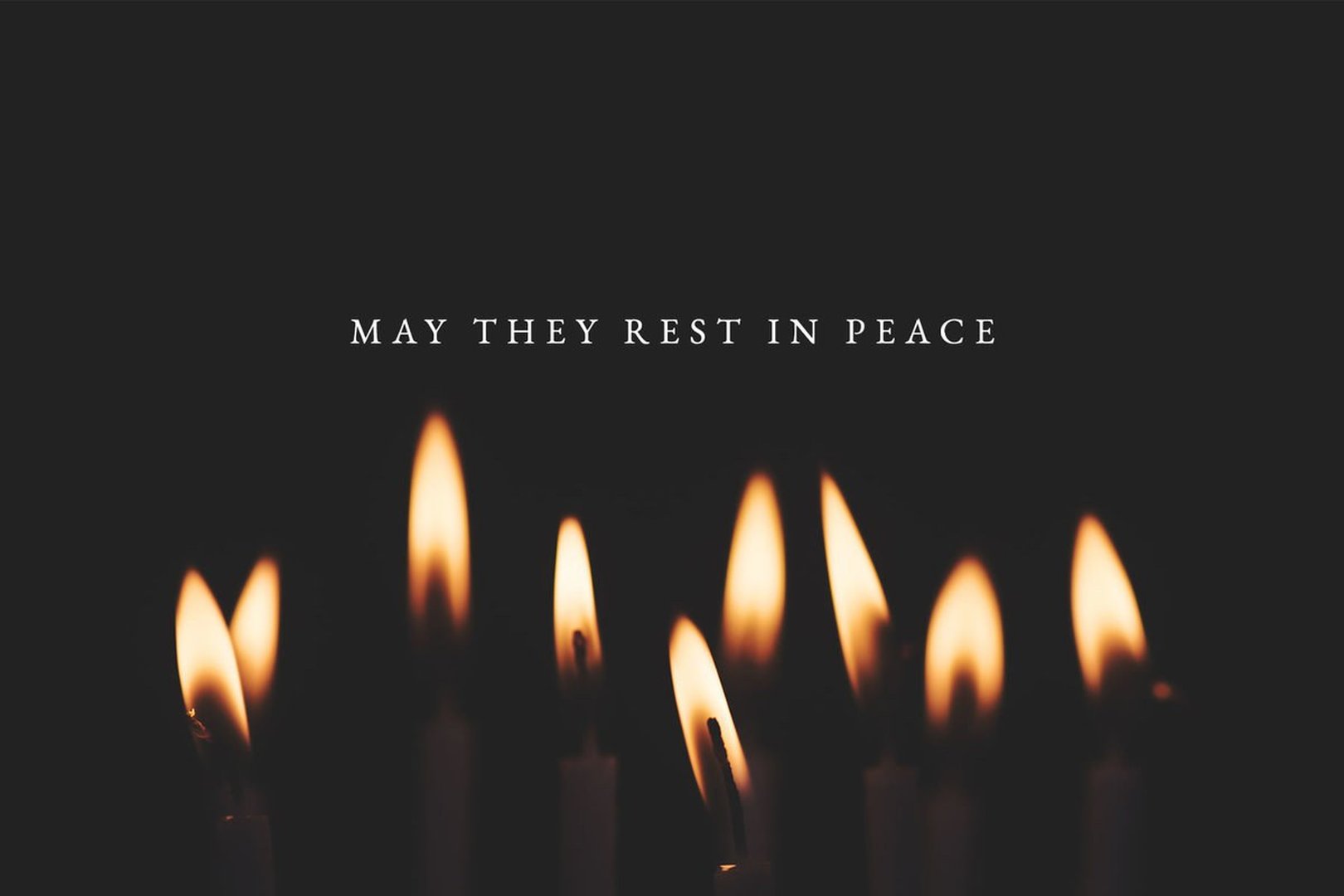FORT DEFIANCE, Ariz. (OSV News) -- While studying anatomy at the University of New Mexico's medical school, internist Dr. Aaron Price, a member of the Táchii'nii Navajo clan, turned to his grandfather for advice.
"Dissection (of a human body) in Navajo culture is super-taboo," said Price, chief of staff and hospital medicine at Fort Defiance Indian Hospital Board in Fort Defiance, Arizona. "One of the practices (my grandfather) had me undertake was to literally address the cadaver … to introduce myself, to thank them and say, 'I'm going to learn from you … for the good of other people."
Now, Price is helping students at St. Michael Indian School in St. Michaels, Arizona -- a preK-12 Catholic school which serves students from the Navajo Nation as well as from other Native American nations in the Southwest -- to explore medical careers that will allow them to transform their community, while honoring their faith and culture.
On Jan. 20, the school launched its new pre-medical society, working with Brigham and Women's Hospital, Xavier University of Louisiana, the nation's only historically Black Catholic university, and Harvard University's Front Line Indigenous Partnership program. Founded in 2020 and directed by Dr. Valerie Dobiesz, FLIP works to redress disparities in health care for Native Americans through educational and clinical partnerships.
The new pre-med society brings students and medical professionals such as Price face to face each week in the school's classrooms, with the kickoff session resembling an "amazing fireside chat," St. Michael president Dot Teso told OSV News.
At present, 27 students from grades nine to 12 are enrolled -- a number based simply on "how many I could fit in a room, (since) there's been a lot of interest," said registered nurse Jamie Adams, the society's coordinator and the head of the school's department of science and math.
Adams told OSV News that plans are underway to add visits to the Fort Defiance hospital to the society's curriculum. She and her team are also mulling options to eventually offer seniors certifications in CPR (cardiopulmonary resuscitation) and as clinical nursing assistants and radiology technicians.
Price said the society builds on the long relationship between St. Michael and Xavier University of Louisiana, both of which were founded by St. Katharine Drexel. The two institutions signed a memorandum of understanding in 2019 to explore building a Xavier-affiliated Catholic university for Native Americans on the St. Michael campus. Adams told OSV News faculty from Xavier's College of Pharmacy participate in the pre-med society.
The society's Harvard connection came about while Price was working in the emergency room at Fort Defiance and met Dobiesz.
"She happened to ask what was the spark that got me into the medical field," Price told OSV News. "I explained my humble beginnings, and how in my medical school years we made it a point to go out to at-risk schools in the city and hold (teaching) sessions."
With Price trying to address post-COVID recruiting difficulties at Fort Defiance, Dobiesz proposed working with FLIP. As a St. Michael alumnus and school parent, Price realized he could serve as "a clinical lead to help bridge" the resources of the Catholic school, Xavier and FLIP.
For Teso, the society was a natural fit for St. Michael, which she said St. Katharine Drexel had envisioned as being "a reflection of the community it serves," led by Native Americans.
Helping more Native Americans enter medical professions -- and return to care for the community, rather than relocating permanently -- will improve health care throughout the area, said Adams, adding it is important for patients to "see somebody who looks like them."
Indigenous medical professionals also are better poised to address the "many health care disparities out here," while "understanding how (patients) live their lives," Adams told OSV News. "With access (to care) difficult, they can relate to the fact that a patient just drove three hours for an appointment."
Other health challenges in the community are high rates of "diabetes, hypertension, hyperlipidemia, anything circling around the metabolic system and obesity," she said.
Students in the society "can appreciate why prevention" of such conditions "is so important," said Price. "Once they’re really immersed (in society projects), I'll see a light bulb going off."
That awareness includes a culturally nuanced view of medicine, said Price, who blends what he calls a "trifecta" of perspectives -- Navajo, Catholic and modern medicine -- in his work.
"Medicine can mean so many things for the Navajo," he said. "It can come in the form of a friendly gesture, a hug, a conversation, a smile, food. It's any good deed that would be perceived as healing."










